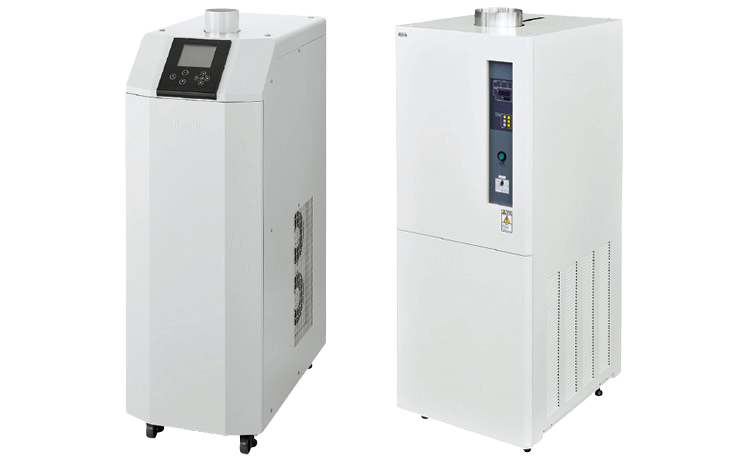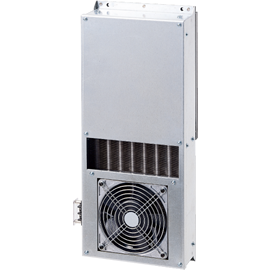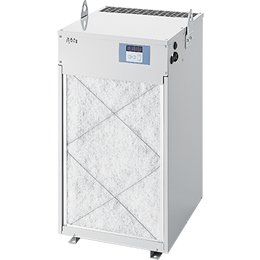Expansion and contraction of matter
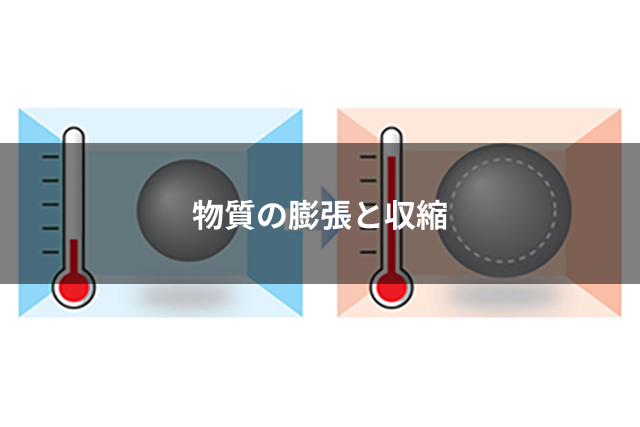
We will use data to provide an easy-to-understand explanation of the "expansion and contraction of materials due to temperature changes," which is a major issue in quality control and quality inspection.
Table of Contents [display]
The expansion and contraction of materials due to temperature changes poses a major problem in quality control and inspection.
Here we introduce data on the thermal expansion coefficients of typical substances used in products and manufacturing/inspection equipment.
We have compiled the results of a simulation of the expansion and contraction of materials when comparing general air conditioning with precision air conditioning.
Reproducibility
"Reproducibility" is important in research and development, manufacturing, inspection, etc.
*Reproducibility
Reproducibility is a term used to describe stability of a measurement, and indicates the degree of variation in measurement results obtained under different environment conditions. In contrast, repeatability indicates the degree of variation in measurement results obtained under the same environment conditions.
It is well known that the materials that make up products and manufacturing and inspection equipment expand and contract with temperature.
This is one of the factors that has a significant impact on reproducibility and can affect product quality and test results.
Linear and volumetric expansion coefficients
When the temperature rises, the material undergoes changes such as stretching, expanding, and swelling.
There are two types of expansion coefficients due to temperature changes: "linear expansion coefficient" and "volume expansion coefficient."
What is the coefficient of linear expansion?
The linear expansion coefficient of a solid is expressed as the rate of change in length per unit length due to temperature.
If the length of the object is L and the temperature in degrees Celsius is T,
Linear expansion coefficient α=1/L・dL/dT *
* dL/dT is an index value for the length that a solid changes when the temperature T changes by d, and although it differs depending on the solid material, it is a constant value regardless of temperature.
The linear expansion coefficient of a solid can be considered to be almost constant regardless of temperature, so the length L of an object at T°C is:
Length of object = L0(1+αT)
*L0 is the length of the object at 0°C.

What is volume expansion coefficient?
The volumetric expansion coefficient of a solid is defined as follows using the volume V of the object:
The volume expansion rate β=1/V・dV/dT, and the volume V is expressed in terms of the length L of the object,
Volume V=L3
Therefore,
Volume expansion coefficient β=1/V・dV/dT
= 1/L3 dV/dL dL/dT
=3/L・dL/dT=3α
It will be.
If the volume expansion coefficient β is used in the same way as the linear expansion coefficient α,
Volume V = V0(1+βT) = V0(1+3αT)
*V0 is the volume of an object at 0°C.
This can be expressed as:
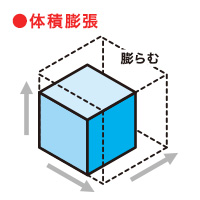
Expansion and contraction of components and equipment due to temperature changes can cause defects.
Apiste 's precision air conditioner (TCU/ECU) automatically control temperature and humidity.
- Dimensional errors due to expansion and contraction of the workpiece
It's becoming a problem - The expansion and contraction of the processing table of the precision processing machine
It's becoming a problem - There is variation in fitting and positioning stability
